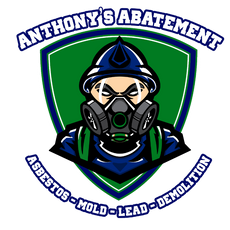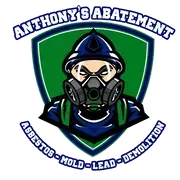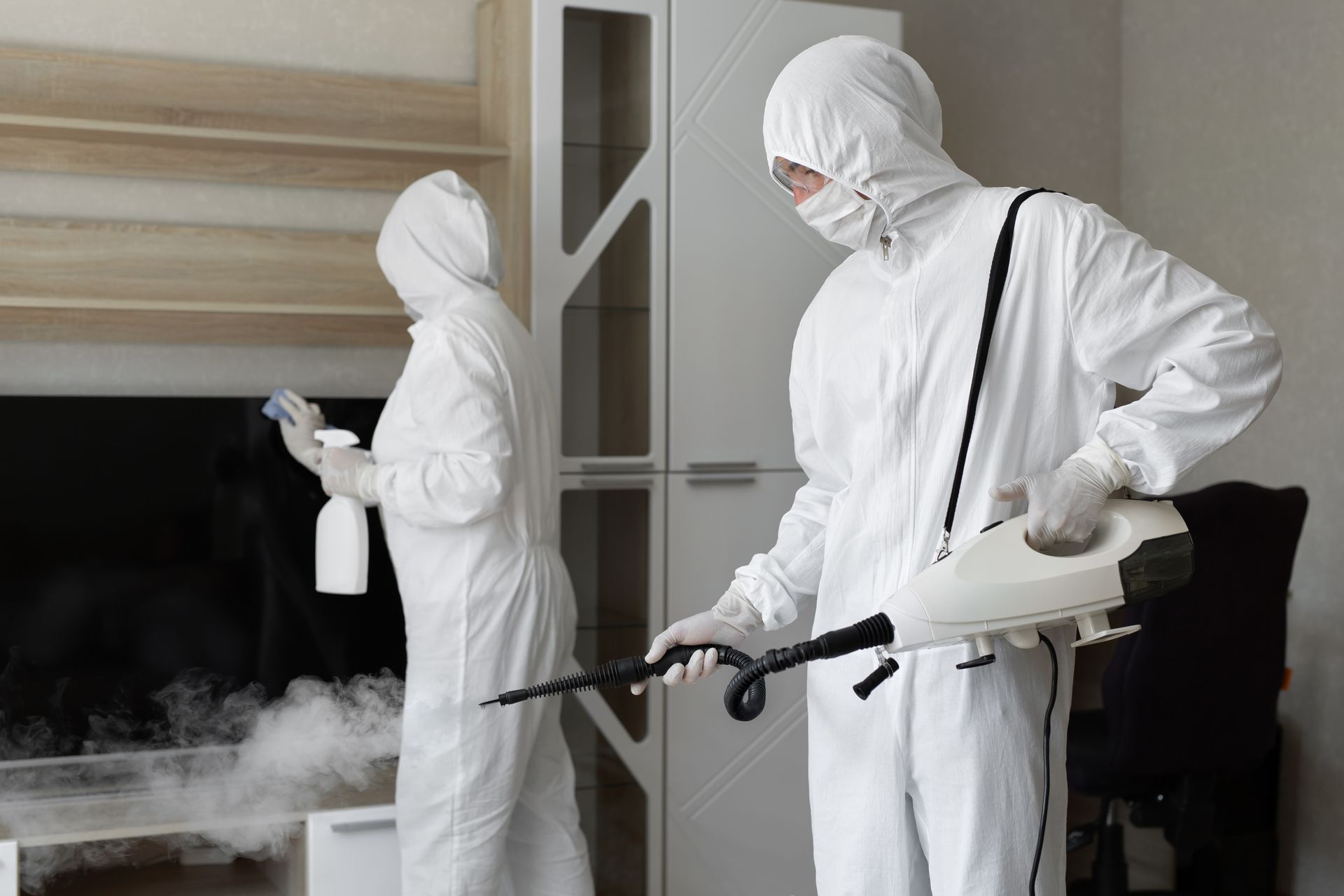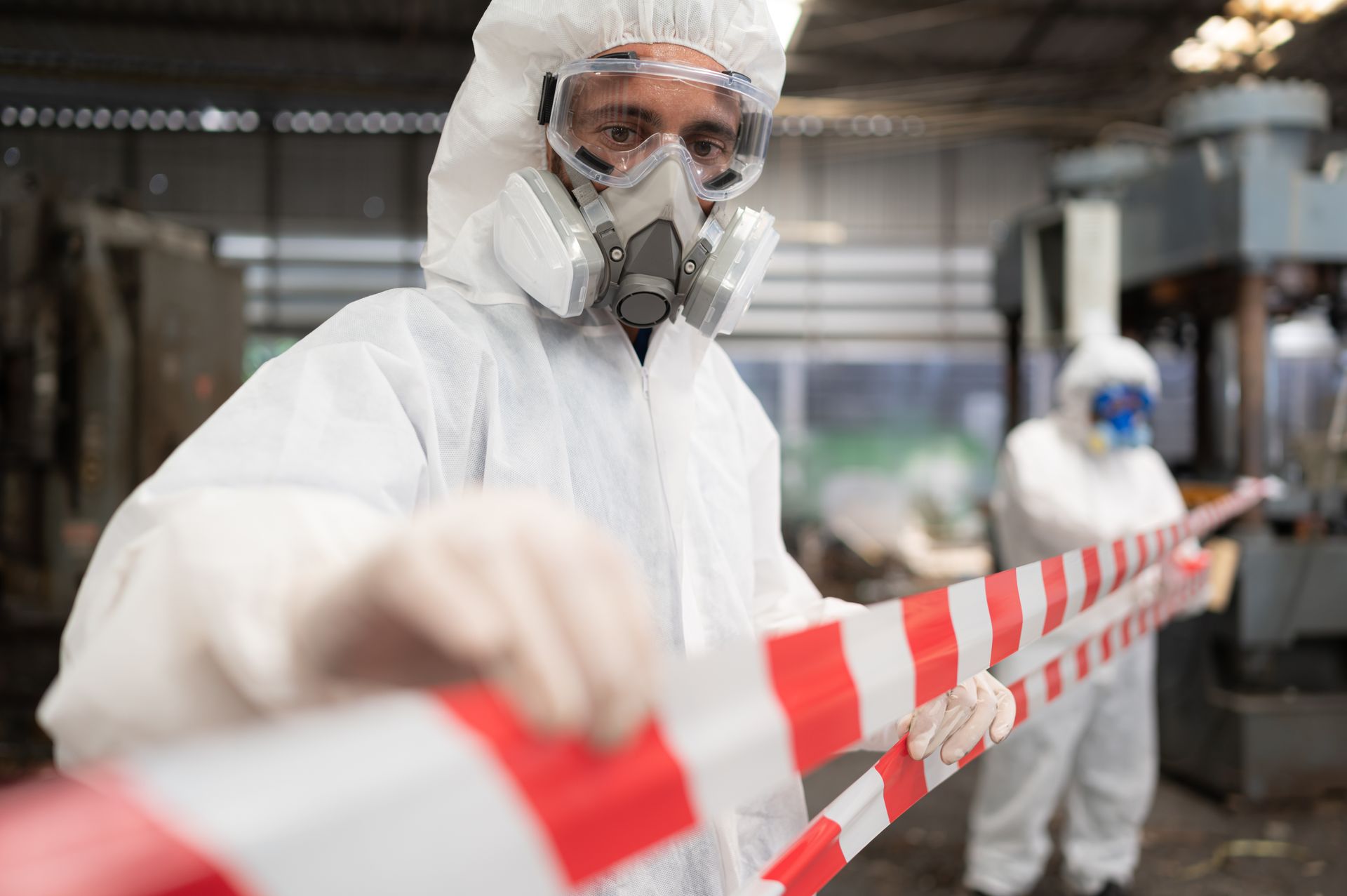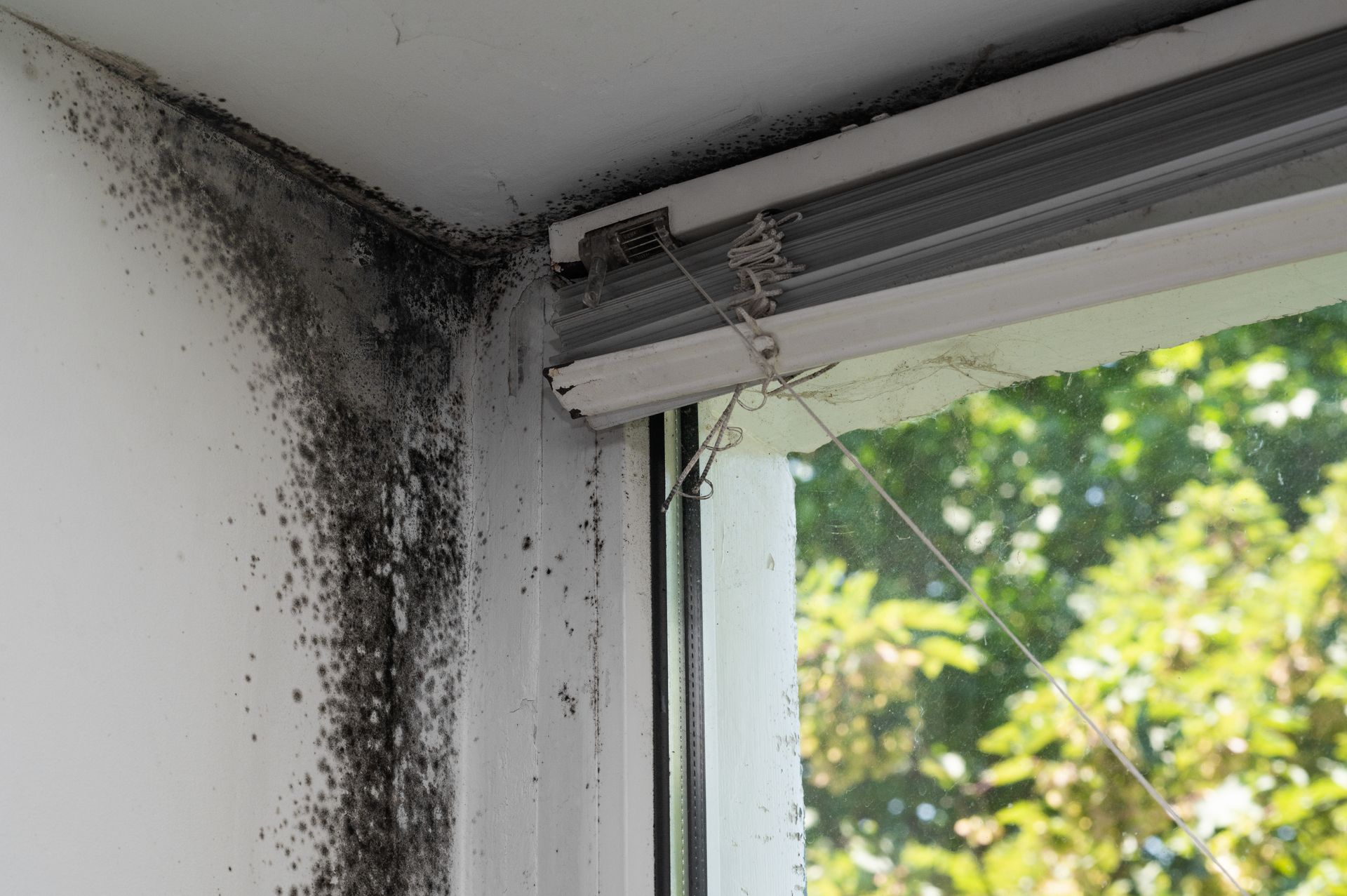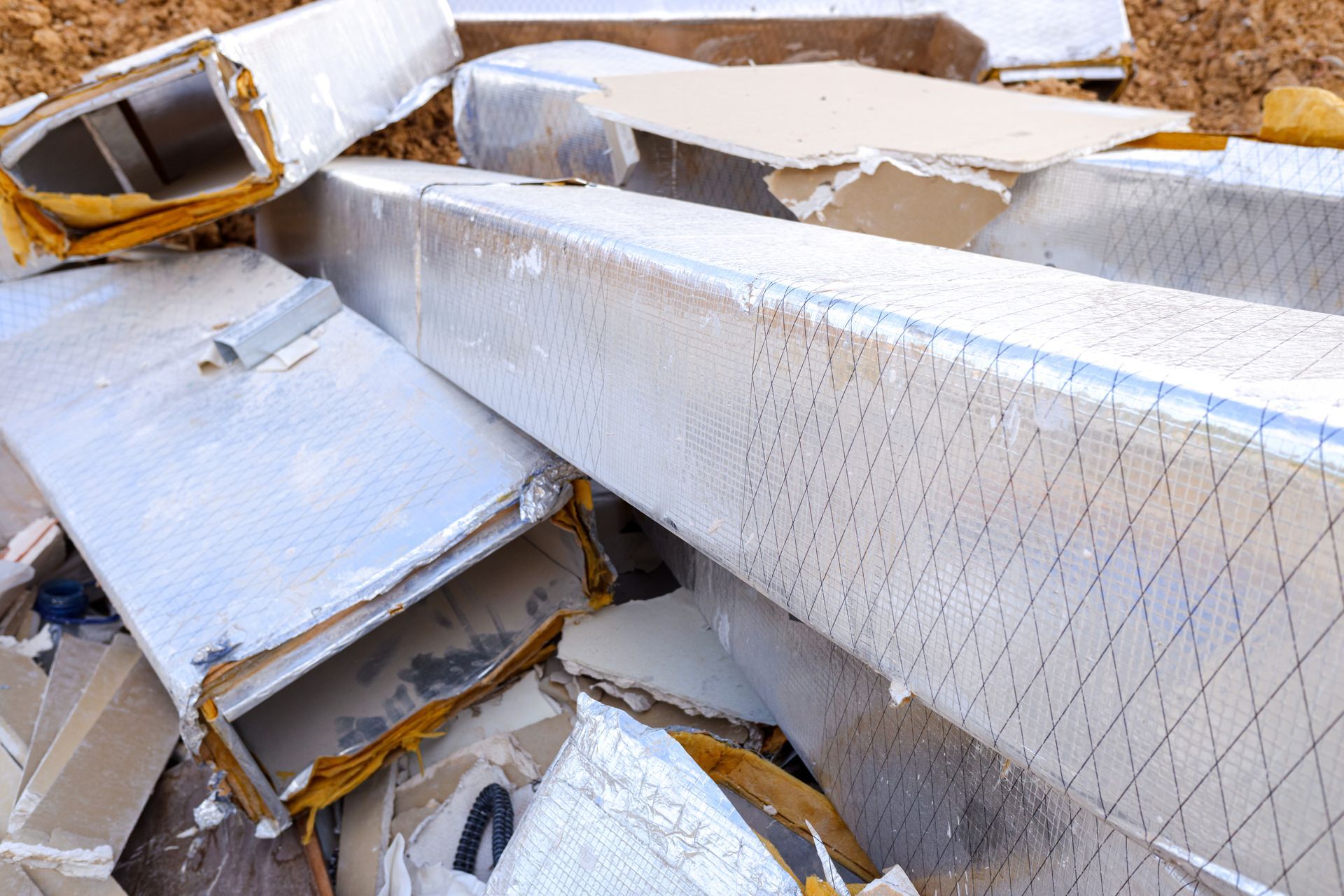How Should Loose Lead Particles Be Removed from Protective Clothing
At Anthony's Abatement, our field teams include EPA/RRP–trained and OSHA–compliant lead abatement professionals who decontaminate protective clothing on active job sites every day. The right way to remove loose lead particles from PPE is to use a HEPA-filtered vacuum on the garment before removal, avoid brushing, shaking, or compressed air, perform wet wiping of stubborn dust, and place items in sealed, labeled bags for approved laundering or disposal. This prevents lead dust from spreading to you, your crew, vehicles, and home environments.
Why Lead Particle Removal Matters
The Health Risks of Lead Exposure
Lead is a toxic heavy metal. Even small amounts of lead dust can harm the nervous system, kidneys, and blood, and are especially dangerous to children and pregnant people. Because dust particles are tiny, they can ride home on clothing and contaminate cars, couches, and carpets. Proper protective clothing decontamination lowers exposure for you and everyone around you.
How Lead Dust Contaminates Protective Gear
Grinding, sanding, cutting, or disturbing painted surfaces can aerosolize particles. These settle on coveralls, gloves, boots, and respirator straps. Zippers, cuffs, seams, and hook-and-loop closures hold onto dust. If you pull gear off without decontaminating, you release a cloud of toxic dust right into your breathing zone.
Risks of Improper Decontamination
Brushing, shaking, or using compressed air re-suspends lead particles, spreading them onto skin, air, floors, and clean clothing. That means higher lead exposure, cross-contamination of work and clean zones, and potential compliance issues for your site.

Common Mistakes to Avoid
Brushing or Shaking Clothing
Don’t brush or shake lead-contaminated clothing. It sends particles back into the air and onto nearby surfaces. Even outdoors, wind can push dust toward vehicles and pedestrians.
Using Compressed Air
Compressed air atomizes dust and drives it deeper into fabric fibers. It also blasts contamination across the room, exactly what you’re trying to prevent.
Cross-Contamination in Changing Areas
Dropping dirty coveralls on a bench, walking boots across clean areas, or storing used PPE with lunches and personal items spreads contamination. Keep dirty and clean zones clearly separated with signage and physical barriers.
Safe Methods for Removing Loose Lead Particles
Use of HEPA-Filtered Vacuums
Primary method: vacuum loose lead dust from PPE with a HEPA vacuum for lead contamination removal.
- Before doffing: While still in the contaminated zone, slowly vacuum from top to bottom, paying attention to shoulders, chest, sleeves, cuffs, knees, and closures.
- Technique: Use a soft brush attachment. Move slowly so the HEPA unit can capture particles at the source.
- After vacuuming: Proceed to carefully remove garments to avoid creating airflow that can kick up dust.
Wet Wiping Techniques
For seams and hard-to-reach areas, follow vacuuming with wet wiping:
- Use disposable wipes or dedicated cloths dampened (not dripping) with an appropriate cleaner.
- Wipe in one direction, folding the cloth to a clean surface with each pass.
- Discard wipes into a labeled bag with other contaminated waste.
Designated Decontamination Areas
Set up a decon line with clear “dirty,” “transition,” and “clean” zones:
- Dirty Zone: HEPA vacuuming and wet wipe stations.
- Transition Zone: Bagging of PPE, glove removal, hand/face cleaning.
- Clean Zone: Fresh PPE storage, hydration, and breaks, no contaminated items allowed.
Provide hand-washing (not just sanitizer) before anyone enters the clean zone.
Proper Handling of Contaminated PPE
Storage and Transport of Used Protective Clothing
Place decontaminated (but still used) clothing into thick, sealable bags or containers. Label them clearly (e.g., “Lead-contaminated clothing”). Keep bags upright in a rigid tote during transport to avoid punctures and spills.
On-Site vs. Off-Site Laundering Protocols
- On-site: If you have controlled laundry capabilities, keep laundering equipment dedicated to contaminated textiles. Never wash lead-contaminated clothing with household laundry.
- Off-site: Use a professional service that handles hazardous textiles. Provide
labels and instructions so handlers know the material is contaminated. Workers should
never take contaminated PPE home.
Labeling and Disposal Guidelines
Anything that can’t be safely laundered, heavily contaminated disposable coveralls, wipes, and filters, should go into properly labeled bags or drums per local rules. Keep a simple chain-of-custody log for pickups to support your lead hazard control and recordkeeping.
Workplace Controls and Best Practices
Setting Up Hygiene Stations
Create a hygiene station at the edge of the work area with:
- HEPA vacuum, wet wipes, and disposal containers
- Sticky mats or boot wash to limit
lead dust control issues at exits
- Hand-washing with warm water and soap
- Changeout storage: separate bins for clean and dirty items
This station reduces
PPE contamination and prevents dust from migrating.
Training Workers on PPE Decontamination
Short, focused training builds safer habits:
- Why
lead exposure prevention matters
- Lead safety procedures for vacuuming and wet wiping
- How to
bag, label, and store used garments
- Where to stand and how to move through the decon line
Use simple checklists posted at the station so every step is second nature.
Routine Inspections and Compliance Monitoring
Assign a competent person to inspect the decon area daily:
- Is the
HEPA filtration unit working and maintained?
- Are wipes, bags, and labels stocked?
- Are workers actually vacuuming PPE before doffing?
- Are workplace decontamination zones clear and respected?
Regular checks keep your
industrial hygiene practices consistent and effective.
Final Thoughts on Lead Particle Removal
Why Ongoing Safety Protocols Matter
Lead controls fail when shortcuts become normal. Using a HEPA vacuum every time, wet wiping when needed, and keeping strong hygiene practices reduces exposure and protects families and communities. Consistency is the difference between lead hazard control and accidental contamination.
Creating a Lead-Safe Work Culture
Make safety easy and visible. Stock the right tools, keep zones clear, and model the process, leaders go through the decon steps first. When crews see a clean, organized setup and straightforward steps, safe clothing handling becomes part of the routine, not a chore.
Straight-to-the-Point Summary (use on page near the top)
- Do: HEPA-vacuum PPE top to bottom → wet wipe trouble spots → bag and label for laundering/disposal → wash hands before entering clean areas.
- Don’t: don’t brush or shake lead-contaminated clothing, don’t use compressed air, don’t take contaminated garments home, don’t mix with household laundry.
Creating a Lead-Safe Work Culture
Make safety easy and visible. Stock the right tools, keep zones clear, and model the process, leaders go through the decon steps first. When crews see a clean, organized setup and straightforward steps, safe clothing handling becomes part of the routine, not a chore. If you’d like help setting up a compliant decon process or reviewing your site plan, contact Anthony’s Abatement for a quick, no-pressure consultation.
If you'd like help setting up a compliant decon process or reviewing your site plan, contact Anthony's Abatement for a quick, no-pressure consultation.
